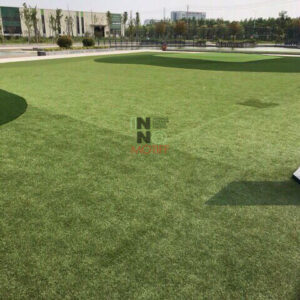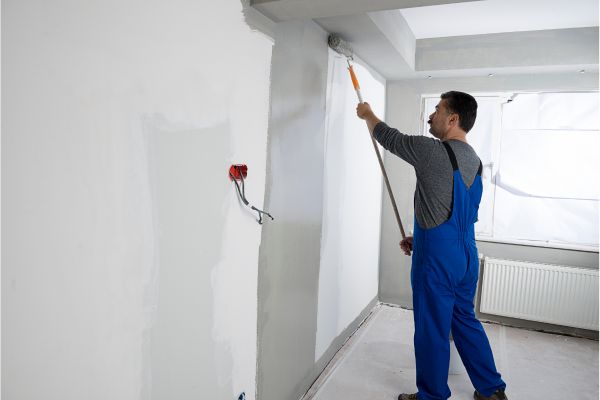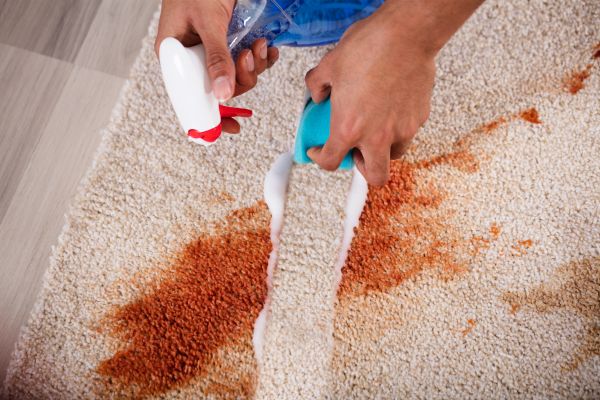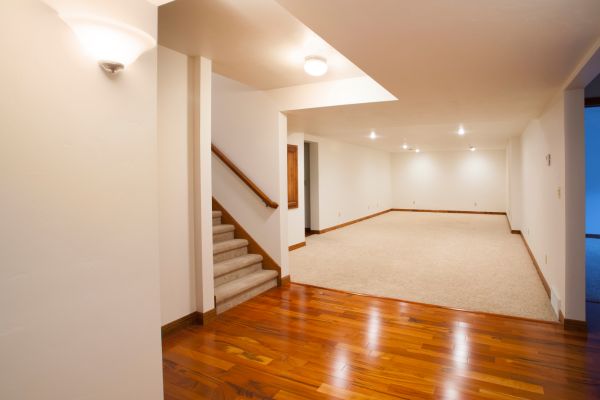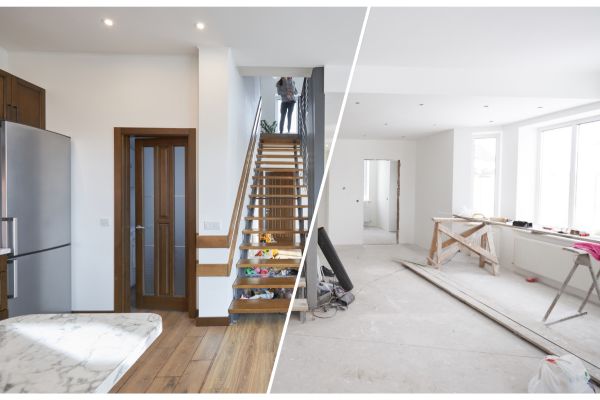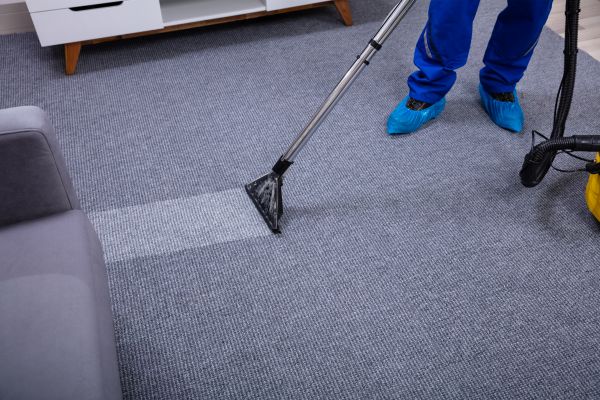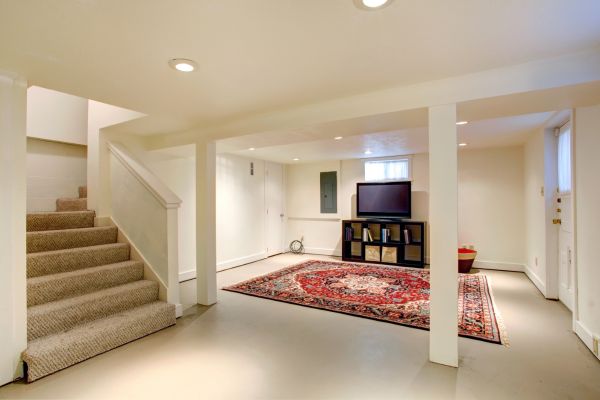In the lush landscapes of the Philippines, traditional landscaping methods often come with environmental costs. Excessive water usage, chemical fertilizers, and constant lawn maintenance strain natural resources and harm local ecosystems. However, amidst these challenges, a sustainable solution has emerged: artificial grass. Let’s explore how fake grass offers an eco-friendly alternative for landscaping in the Philippines.
The Environmental Impact of Traditional Landscaping:
Traditional landscaping practices in the Philippines contribute to ecological degradation. Excessive watering, primarily in urban areas, puts pressure on water resources. Chemical fertilizers and pesticides used in maintaining lawns contaminate soil and waterways, threatening biodiversity. Additionally, frequent lawn mowing emits carbon dioxide and other pollutants into the atmosphere, exacerbating climate change.
The Rise of Artificial Grass:
Artificial grass, made from synthetic fibers, offers a sustainable solution to these environmental challenges. Unlike natural grass, fake grass requires minimal water, eliminates the need for chemical inputs, and reduces carbon emissions associated with lawn maintenance. Its durable composition ensures longevity, contributing to resource conservation and environmental protection.
Advantages of Fake Grass in the Philippines:
In the tropical climate of the Philippines, artificial grass thrives. Its resilience to heat, humidity, and pests makes it an ideal choice for landscaping projects. Moreover, fake grass requires minimal maintenance, saving homeowners time and effort. By opting for artificial grass, Filipinos can enjoy lush greenery without compromising environmental sustainability.
Addressing Concerns and Debunking Myths:
Some misconceptions surround artificial grass, including concerns about its safety and environmental impact. However, studies have shown that high-quality fake grass is lead-free, UV-resistant, and poses no health risks. Additionally, advancements in manufacturing have made artificial grass more environmentally friendly than ever before.
Choosing the Right Artificial Grass:
Selecting the appropriate artificial grass for your landscaping needs is crucial. Consider factors such as UV resistance, lead-free composition, and health safety certifications. Available in various sizes and customization options, artificial plants supplier offers versatility to suit different preferences and project requirements.
Takeaway
Artificial grass represents a sustainable solution for landscaping in the Philippines. By embracing fake grass, homeowners and businesses can reduce their environmental footprint while enhancing the beauty of their surroundings. Let’s make the switch to fake grass and pave the way for a greener, more sustainable future.

